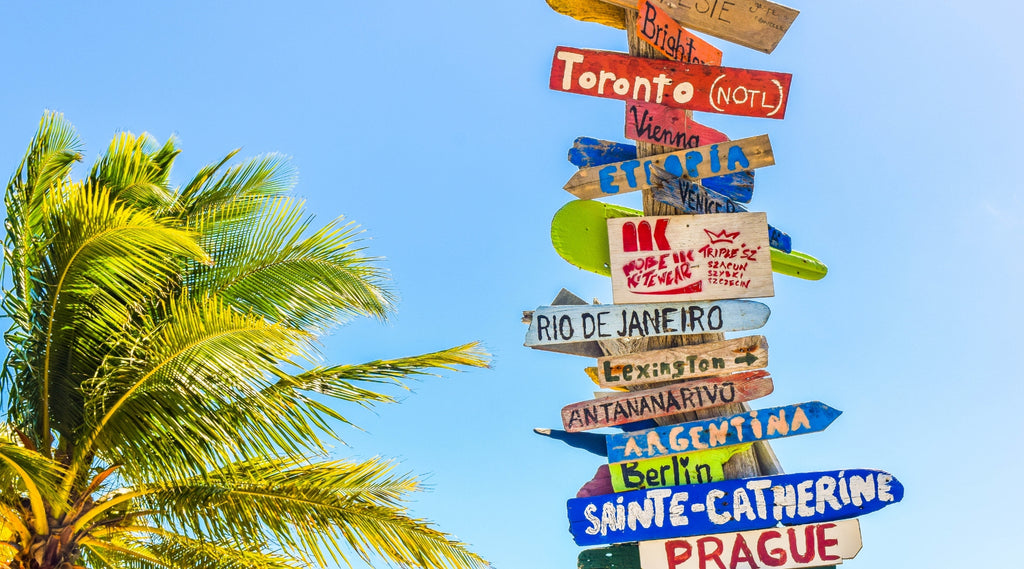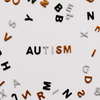Easing the Worries of Taking Your Child with Autism on Vacation


The family vacation is considered an essential and exciting part of American life, with 100,000 families setting off on trips each year. For parents of children with autism, however, there can be concerns. Sudden and dramatic changes in climate, environment, language, and timezone can be disorienting and confusing, triggering panic attacks. It is therefore essential to take measures, such as using calming bilateral stimulation devices or EMDR tappers, to reduce anxiety and allow the child to receive the enjoyment from travel that they deserve. By preparing for vacations properly, you can ensure a pleasant and successful trip for the whole family.
Lowering Sensory Overstimulation
Traveling to family resorts can often involve elements such as overcrowded airport queues, bustling market squares, and busy beaches. Sensory overload can raise anxiety levels among those with autism, which is why travel and situations like these can be difficult. Make life easier for everybody by reducing this excessive noise and activity. The best way to achieve this is to try to head on vacation during the quietest times. This will mean that planes are emptier, streets are calmer, and your child can enjoy the same destination without the crowds. Make sure your tactile pulser and other EMDR buzzers are always easy to access, however, because you can’t guarantee an escape from the crowd. Choosing a less touristy destination or going during off-peak times of the year will save you money while offering a more pleasant experience for your children.
Dealing with Big Changes
If you jump on any plane and get off when it lands several hours later, then you will experience a huge change. Anyone can suffer from culture shock, but children with autism will find it even more overwhelming. Again, this is another instance where bilateral tapping and EMDR equipment can be a massive help, but there are other ways to reduce the impact of changes.
Firstly, staying closer to home will lower the amount of cultural change as well as reducing jet lag. Once at your destination, try to keep the same routine as at home, eating the same meals and going to bed and waking up at the same time. This limits disruption. Many families travel to the exact same place each and every year. Doing this when your child is young means that they will know what to expect as they get older and it won’t feel like a drastic step into the unknown.
Prepare Your Child for the Vacation
Before the trip, get your child as prepared as possible. Go into detail about the travel plans, so that they can become familiar and comfortable with them. Show them plenty of photos and videos of the destination so that they know what to expect. By counting down the days to the vacation, they will be prepared and not in any state of shock or confusion when it is time to leave.
Everyone loves a vacation, including children with autism. Keep them calm using tapper tools such as EMDR buzzers, both before and during travel. Lowering sensory overload and limiting change and disruption will ensure that everyone has a wonderful vacation.
*This blog post was written by Lucy Wyndam.




